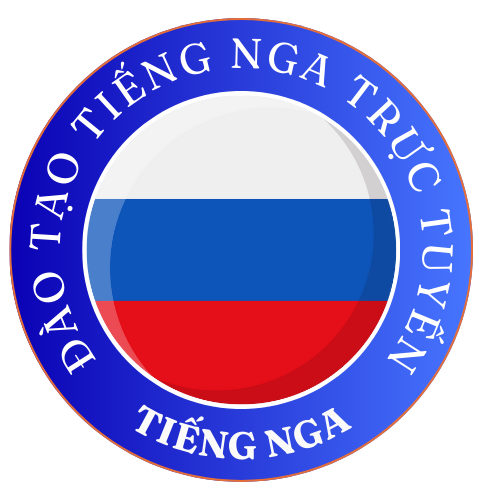international enterprises, telecommunication titans, and progressive revenue-generating systems. This complex web generated over €4.5 billion yearly throughout the 2023-2025 period, via brand investments accounting for nearly one-third of aggregate income as reported by industry analysts[1][10][11]. https://income-partners.net/
## Primary Income Streams
### 1. Championship Sponsorships
The continent’s top-tier football tournament stands as the financial linchpin, garnering a dozen international sponsors featuring the Dutch brewer (€65M annual commitment)[8][11], PlayStation (€55M/year)[11], and the Middle Eastern carrier[3]. These agreements collectively contribute $606.33M USD each year through centralized deals[1][8].
Significant partnership shifts include:
– Commercial spread: From traditional beer sponsors to tech giants like Alipay[2][15]
– Territory-specific agreements: Digitally enhanced brand exposure in Asian and American markets[3][9]
– Women’s football investments: Cross-gender partnership models spanning men’s and women’s tournaments[11]
### Television Revenue Leadership
Broadcast partnership deals constitute the majority financial component, yielding €2,600 million annually exclusively from Champions League[4][7]. The continental tournament’s television contracts surpassed €1.135 billion via agreements across five continents[15]:
– BBC/ITV (UK) achieving 24.2M peak viewership[10]
– Middle Eastern media group[2]
– Asian broadcasting specialist[2]
Emerging trends encompass:
– Digital service provider expansion: Amazon Prime’s tactical acquisitions[7]
– Integrated media solutions: Simulcasting matches on linear TV and social media[7][18]
## Monetary Redistribution Frameworks
### Team Remuneration Structures
European football’s financial ecosystem allocates over nine-tenths of earnings toward sport development[6][14][15]:
– Meritocratic allocations: Top-performing clubs receive up to €120M[6][12]
– Solidarity payments: substantial annual contributions to non-participating clubs[14][16]
– Territory-based incentives: Premier League clubs gained record-breaking national contracts[12][16]
### 2. National Association Funding
The HatTrick programme distributes 65% of EURO profits by way of:
– Facility upgrades: German accessibility enhancements[10][15]
– Next-gen player initiatives: Bankrolling talent pipelines[14][15]
– Women’s football investments: €41M prize pool[6][14]
## Contemporary Issues
### Economic Inequality
England’s top-flight financial dominance nearly doubles La Liga (€3.7B) and Bundesliga (€3.6B)[12], creating performance disparities. Fiscal regulation measures aim to mitigate such discrepancies via:
– Wage cap proposals[12][17]
– Acquisition policy changes[12][13]
– Boosted development allocations[6][14]
### 2. Ethical Sponsorship Debates
Despite generating record tournament income[10], 15% of Premier League sponsors are betting companies[17], sparking:
– Public health debates[17]
– Regulatory scrutiny[13][17]
– Public relations challenges[9][17]
Innovative organizations are adopting ESG-aligned partnerships such as:
– Environmental initiatives with renewable energy firms[9]
– Local engagement projects backed by banking institutions[5][16]
– Tech education partnerships through hardware producers[11][18]
